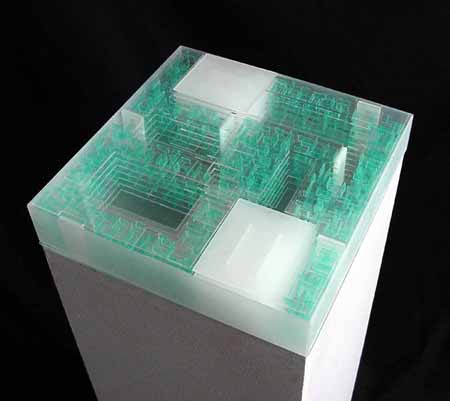

Urban Operations Studio/projects/architecture is culture/introduction


Architects spend much of their time as slaves to the analysis and critical appreciation of form and aesthetics. As both students of architecture and practitioners we are taught to devise complex strategies that will lend themselves in the justification of formal moves used within our studio projects. It is understood that these strategies serve as evidence in our arguments towards “the why” in how our projects manifest themselves formally.
However, despite all of these machinations architectural
works are still judged with the classical question: Is it beautiful?
So often the visual aesthetic reigns supreme in the success or failure of
architectural form. Contemporary examples such as Frank Gehry’s Guggenheim
Museum at Bilbao, Neil Denari’s Massey House, or Greg Lynn’s
ethereal blobs evoke appreciation from critics for their perceived formal
and spatial complexity. These works are praised because they are seen as a
method of resistance to the norm. Their seductive shapes and slick appearance
attempt to create a friction between the environments they inhabit through
the simple act of being formally, and (it is assumed) visually complicated.
By exploiting difference they attain “God-like” status and critical
recognition even though no rational argument was ever presented as to “the
why”.